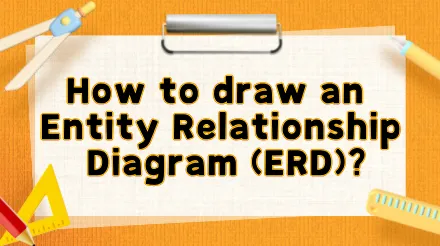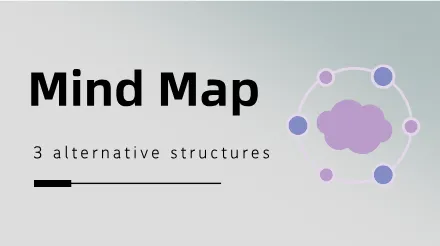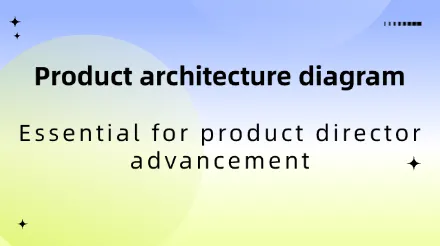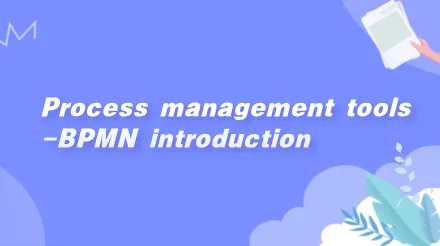The architecture diagram graphically displays the components of the architecture and the relationships between them, providing an intuitive and comprehensive view of the system. Common architecture diagrams include business architecture diagrams, product architecture diagrams, functional architecture diagrams, technical architecture diagrams, data architecture diagrams, deployment architecture diagrams, etc., which can help different roles (such as developers, operation and maintenance personnel, product managers, etc.) understand and analyze the system from different perspectives. This article will explain in detail the types of architecture diagrams and how to use ProcessOn to draw a clear architecture diagram.











